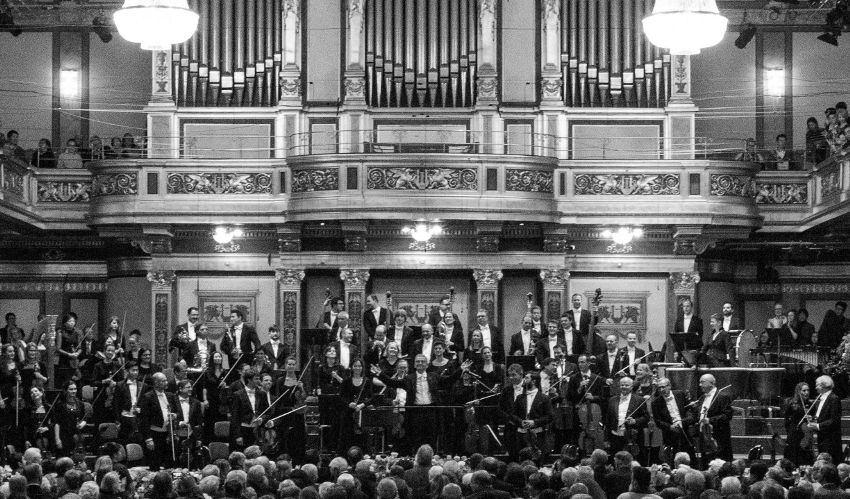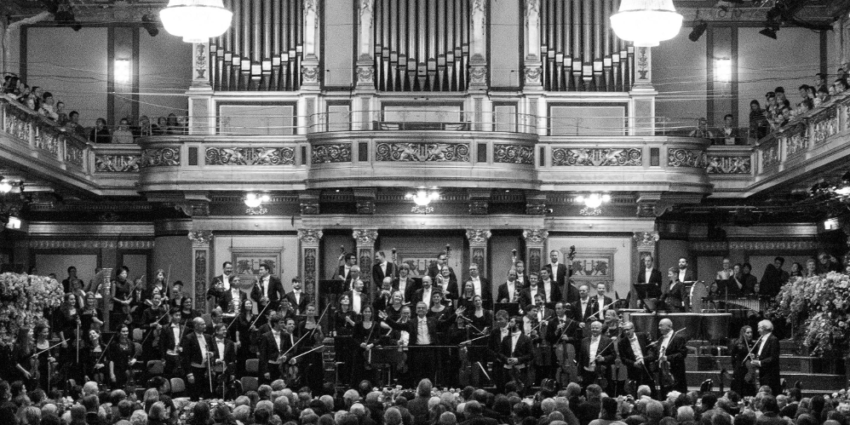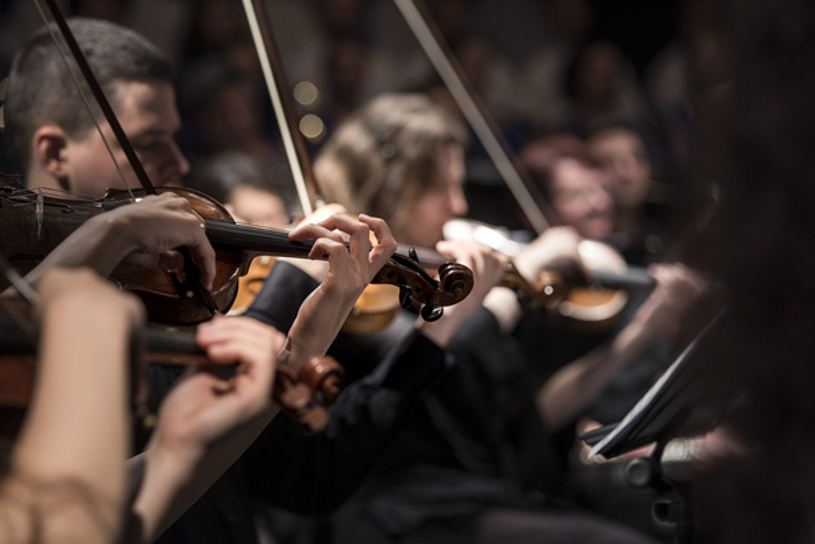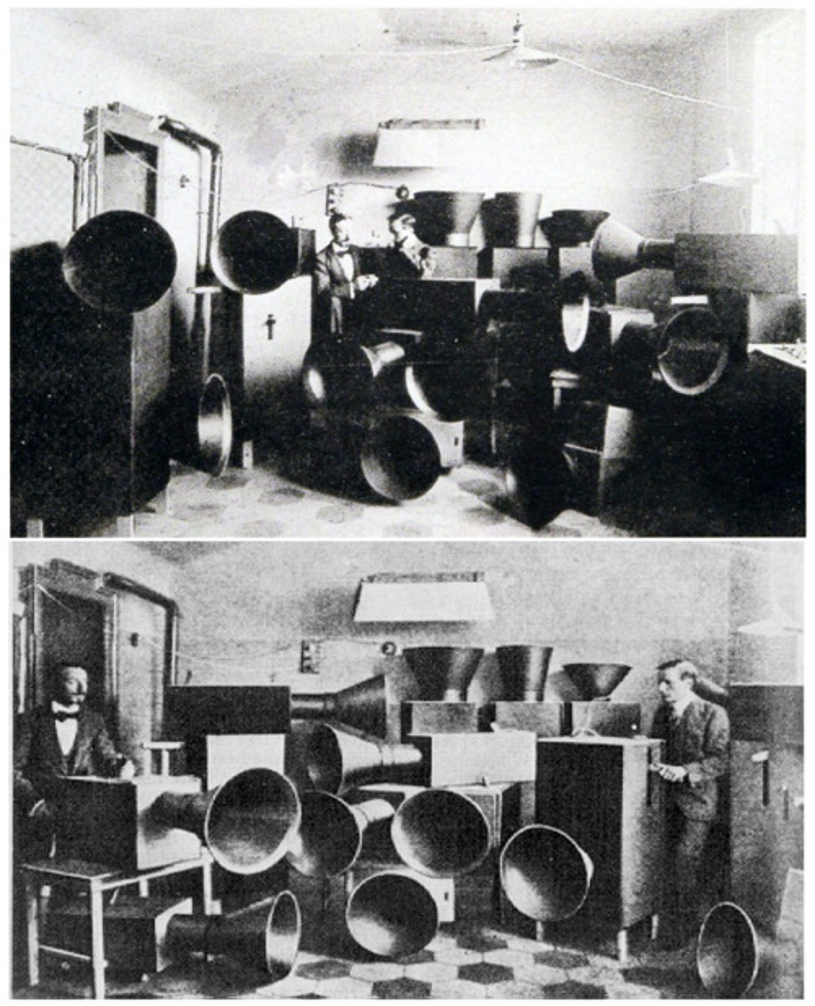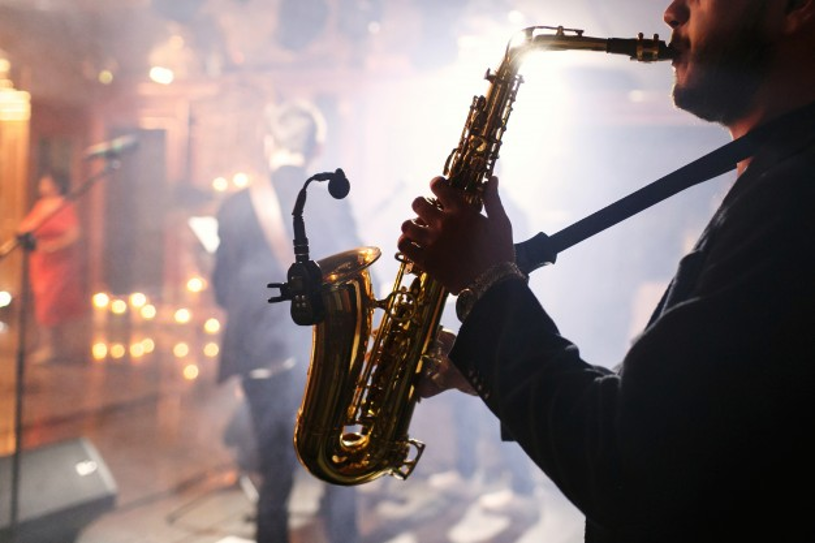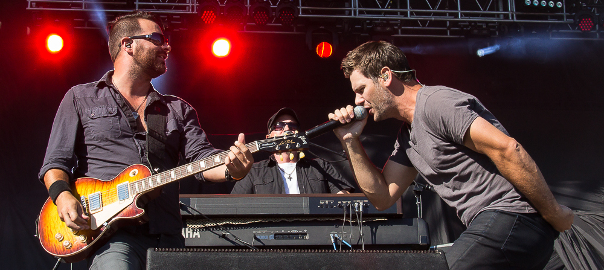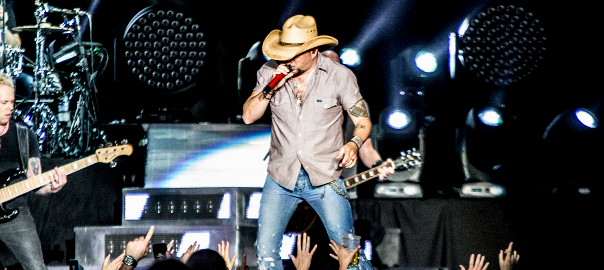Characteristics of 20th Century Music
During the 20th century, music developed significantly and the historical and political events provided great inspiration for the music that appeared during the 1900s. Popular composers of this time included Elgar, Stravinsky, Gershwin and John Williams. The 20th century saw the advancement of technology that allowed recordings of music that could be shared worldwide. Today we’re going to look at the diverse characteristics of 20th-century music that appeared following the late romantic period, and the developments made during that time to shape the musical world as we know it today.
Orchestras
Orchestras still continued to be the most popular choice for 20th-century composers to display their work. The saxophone and a large percussion section were now included regularly, and the demands placed on musicians by composers became even greater. Composers became more adventurous during this time, resulting in creating soundscapes for orchestras. Later on, in the 20th Century, electronics were introduced, including recordings and manipulation of their sounds. This type of music was not for your regular concert crowd and became difficult for many members of the audience to appreciate as they could barely recognize or understand what was going on most of the time.
Serialism
One of the greatest musical developments was the dissolving of tonality and the dismissal of the system of keys for serialism. Arnold Schoenberg was frustrated at no longer creating the music he desired, and so created a twelve-tone system that gave each note equality in the chromatic scale. More dissonance was created from this, and a revolution of music began. This reflected the troubles during World War II, and music became harder to listen to and different from anything that the public heard before. The political and historical landscape was reflected in the music, and this can be heard by less cheerful and upbeat music during the two World Wars.
Minimalism
Minimalism has made its way into our lives in many ways during the 20th century, including in the musical field. Although many of the time’s musical developments were complex and experimental, the minimalist style of composition became very popular with both composers and audiences. It was the complete opposite of many other styles of the time, inspired by Bali and Java’s music in Indonesia and the Gamelan. The minimalist style uses ostinati, which are repeating patterns of melody or rhythm. In turn, combining new instruments and ways of using the voice, enabled composers and instrumentalists to create a new sound that had never been heard before. John Adams and Michael Nyman have created incredible works drawing inspiration from these compositional techniques.
Worldwide Inspiration
While some composers have focused on musical styles and influences, other composers chose to take inspiration from their home countries around the world. These experimental pieces resulted in folk tunes by Bartok. Another influence came from the animal world when Olivier Messiaen used birds to inspire the harmonies and melodies of his composition. As you can see, 20th-century music is incredibly varied, and composers at this time began to take more risks and explore areas they never had before. They became unafraid to take creative risks and to draw inspiration from the historical events of the time.
Futurism
By trying to recreate normal sounds that we hear and include in our everyday lives, Francesco Balilla Pratella and Luigi Russolo created the realm of Futurism in music and placed these familiar sounds into a different context. Many other composers and their works developed because of Futurism, and the introduction of microtones became common in compositions. Our voices and some stringed instruments can easily produce microtones, but this is far more difficult for instruments like the piano, where it’s physically impossible to create these sounds.
Technology
Technology developed in every aspect of modern-day life in the 20th century, and by the 1940s, it started to gain more interest from composers. Electronic techniques and computers were explored, and live sounds were introduced during performances. Today’s music would not exist without the experimentation and introduction of technology, as it is so heavily reliant on technology. Mixed media is used constantly nowadays, and was introduced during this period for the first time. With recordings being used and introduced during this time, this resulted in worldwide stardom for artists such as Pavarotti, as audiences around the globe could now enjoy their music.
The Influence of Jazz
Jazz became increasingly popular during the 20th century, and composers started combining different styles to create fusion pieces like never before. Jazz was combined with classical music, to create stunning pieces of work by popular composers such as George Gershwin. Jazz had entered the musical scene during the late 19th century and the early part of the 20th century and was influenced by the culture of West Africa and slave folk songs. It only began to increase in popularity during the 20th century as it spread worldwide to become the popular genre that listeners still enjoy everywhere today.
This period of history was one of great development in many aspects of our world, with music being no exception to this. Thanks to the advancements in technology and composers no longer being afraid to take risks and experiment with new styles during this era, music developed leaps and bounds during this time. After the developments of the 20th century, we enjoy a varied and exciting musical world today, and music is now available to us with just the click of a button regardless of where we are in the world.
Characteristics of 20th Century Music
By thereviewsarein
During the 20th century, music developed significantly and the historical and political events provided great inspiration for the music that appeared during the 1900s. Popular composers of this time included Elgar, Stravinsky, Gershwin and John Williams. The 20th century saw the advancement of technology that allowed recordings of music that could be shared worldwide. Today we’re going to look at the diverse characteristics of 20th-century music that appeared following the late romantic period, and the developments made during that time to shape the musical world as we know it today.
Orchestras
Orchestras still continued to be the most popular choice for 20th-century composers to display their work. The saxophone and a large percussion section were now included regularly, and the demands placed on musicians by composers became even greater. Composers became more adventurous during this time, resulting in creating soundscapes for orchestras. Later on, in the 20th Century, electronics were introduced, including recordings and manipulation of their sounds. This type of music was not for your regular concert crowd and became difficult for many members of the audience to appreciate as they could barely recognize or understand what was going on most of the time.
Serialism
One of the greatest musical developments was the dissolving of tonality and the dismissal of the system of keys for serialism. Arnold Schoenberg was frustrated at no longer creating the music he desired, and so created a twelve-tone system that gave each note equality in the chromatic scale. More dissonance was created from this, and a revolution of music began. This reflected the troubles during World War II, and music became harder to listen to and different from anything that the public heard before. The political and historical landscape was reflected in the music, and this can be heard by less cheerful and upbeat music during the two World Wars.
Minimalism
Minimalism has made its way into our lives in many ways during the 20th century, including in the musical field. Although many of the time’s musical developments were complex and experimental, the minimalist style of composition became very popular with both composers and audiences. It was the complete opposite of many other styles of the time, inspired by Bali and Java’s music in Indonesia and the Gamelan. The minimalist style uses ostinati, which are repeating patterns of melody or rhythm. In turn, combining new instruments and ways of using the voice, enabled composers and instrumentalists to create a new sound that had never been heard before. John Adams and Michael Nyman have created incredible works drawing inspiration from these compositional techniques.
Worldwide Inspiration
While some composers have focused on musical styles and influences, other composers chose to take inspiration from their home countries around the world. These experimental pieces resulted in folk tunes by Bartok. Another influence came from the animal world when Olivier Messiaen used birds to inspire the harmonies and melodies of his composition. As you can see, 20th-century music is incredibly varied, and composers at this time began to take more risks and explore areas they never had before. They became unafraid to take creative risks and to draw inspiration from the historical events of the time.
Futurism
By trying to recreate normal sounds that we hear and include in our everyday lives, Francesco Balilla Pratella and Luigi Russolo created the realm of Futurism in music and placed these familiar sounds into a different context. Many other composers and their works developed because of Futurism, and the introduction of microtones became common in compositions. Our voices and some stringed instruments can easily produce microtones, but this is far more difficult for instruments like the piano, where it’s physically impossible to create these sounds.
Technology
Technology developed in every aspect of modern-day life in the 20th century, and by the 1940s, it started to gain more interest from composers. Electronic techniques and computers were explored, and live sounds were introduced during performances. Today’s music would not exist without the experimentation and introduction of technology, as it is so heavily reliant on technology. Mixed media is used constantly nowadays, and was introduced during this period for the first time. With recordings being used and introduced during this time, this resulted in worldwide stardom for artists such as Pavarotti, as audiences around the globe could now enjoy their music.
The Influence of Jazz
Jazz became increasingly popular during the 20th century, and composers started combining different styles to create fusion pieces like never before. Jazz was combined with classical music, to create stunning pieces of work by popular composers such as George Gershwin. Jazz had entered the musical scene during the late 19th century and the early part of the 20th century and was influenced by the culture of West Africa and slave folk songs. It only began to increase in popularity during the 20th century as it spread worldwide to become the popular genre that listeners still enjoy everywhere today.
This period of history was one of great development in many aspects of our world, with music being no exception to this. Thanks to the advancements in technology and composers no longer being afraid to take risks and experiment with new styles during this era, music developed leaps and bounds during this time. After the developments of the 20th century, we enjoy a varied and exciting musical world today, and music is now available to us with just the click of a button regardless of where we are in the world.
